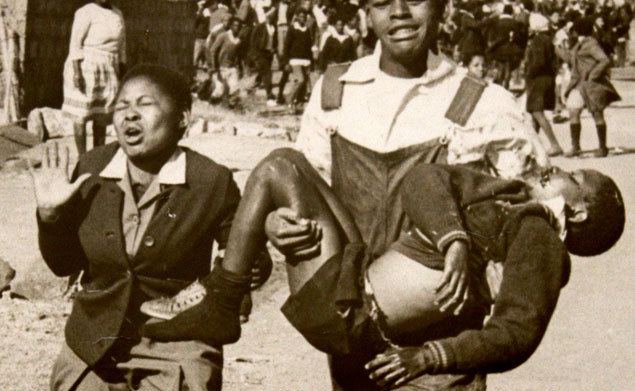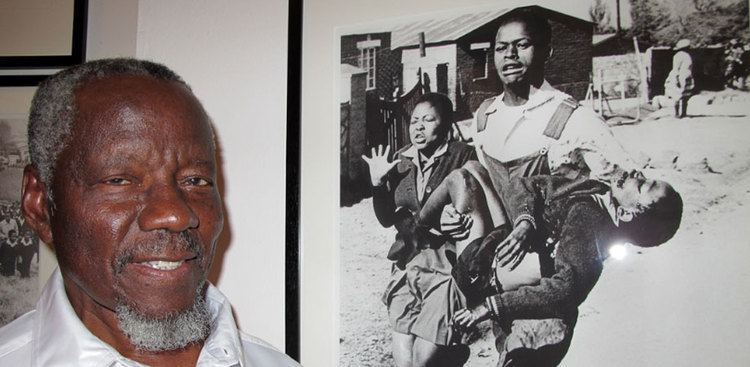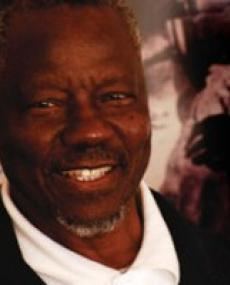Name Sam Nzima | Role Photographer | |
 | ||
Born 8 August 1934 (age 81), Bushbuckridge, South Africa Died 12 May 2018(aged 81), Rob Ferreira Hospital, Mbombela, South Africa Similar Mbuyisa Makhubo, Hector Pieterson, Teboho MacDonald Mashinini | ||
Sam nzima took the iconic image of hector pieterson
Sam Nzima (born on 8 August 1934, Lillydale, Transvaal) is the South African photographer who took what became the well known image of Hector Pieterson for the Soweto uprising, but struggled for years to get the copyright.
Contents

Sam nzima interview highlights
History

Sam Nzima was born in the town of Lillydale in Transvaal Province (now Mpumalanga). His father worked as a labourer for a white farmer. Sam Nzima first became interested in photography when a teacher of his had shown him his camera and how to use it. While still at school, Sam bought a camera and began taking pictures in the Kruger National Park. When the farmer pressed Nzima into farm labour, he ran away after nine months of working at the farm to Johannesburg. He found a job as a gardener in Henningham. When there he had completed his high school education.

In 1956, Nzima found work as a waiter at the Savoy Hotel. At the hotel a photographer named Patrick Rikotso taught him photography skills. Nzima took portraits of workers. While at the Chelsea Hotel Nzima started reading The Rand Daily Mail newspaper. When reading the articles of Allister Sparks Sam became very interested in photojournalism.

While traveling he wrote a story about taking the bus and sent it with photographs to The World, a black African daily newspaper. The editor of The World was interested in Sam Nzima's work and requested that he work freelance for the paper. Then, in 1968, he invited him to join as a full-time photojournalist.
On June 16, 1976, the Soweto uprising began as police confronted protesting students. Nzima took the photograph of fatally-wounded Hector Pieterson (12) on the corner of Moema and Vilakazi Streets in Orlando West, Soweto, near Phefeni High School. This image depicts an emotional scene of Hector being carried by Mbuyisa Makhubo, with Hector's sister Antoinette Pieterson (17) right beside them. After The World published the photo the next day, Nzima was forced to hide because of the harassment he was receiving by the security police. He moved back to Lillydale, where he was kept under surveillance by security police.
When The World was closed down by the government in 1978, the Daily Mail and The Star newspapers requested that Nzima work for them; Nzima refused in fear of the security police killing him.
In 1979, Chief Minister Hudson Ntsanwisi of the Gazankulu bantustan made Nzima a member of the legislative assembly.
Nzima faced many years of torment while trying to publish the most famous of his pictures, the Pieterson image. Most recently, he was living in Lillydale, where he runs a photography school. He served on the councils of the Lillydale municipality and of the Bohlabela District.
